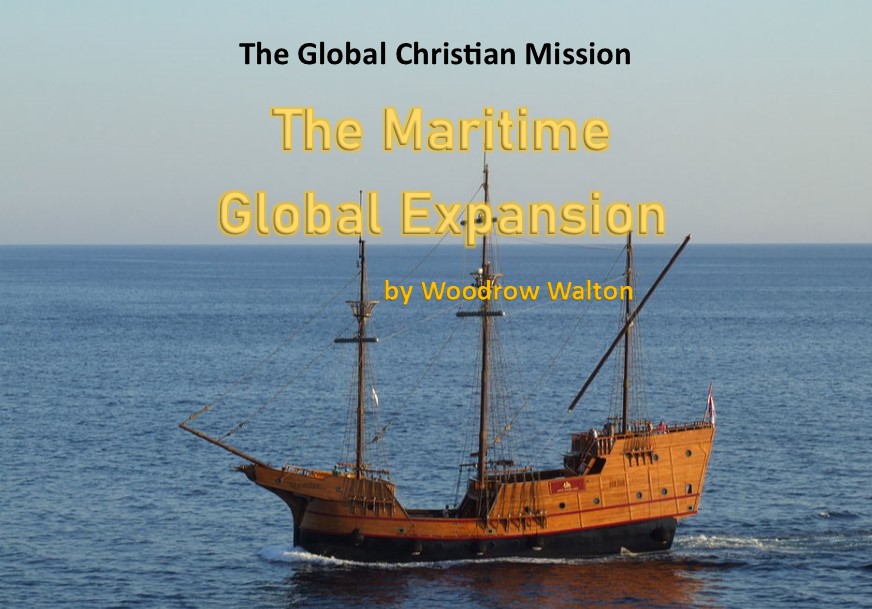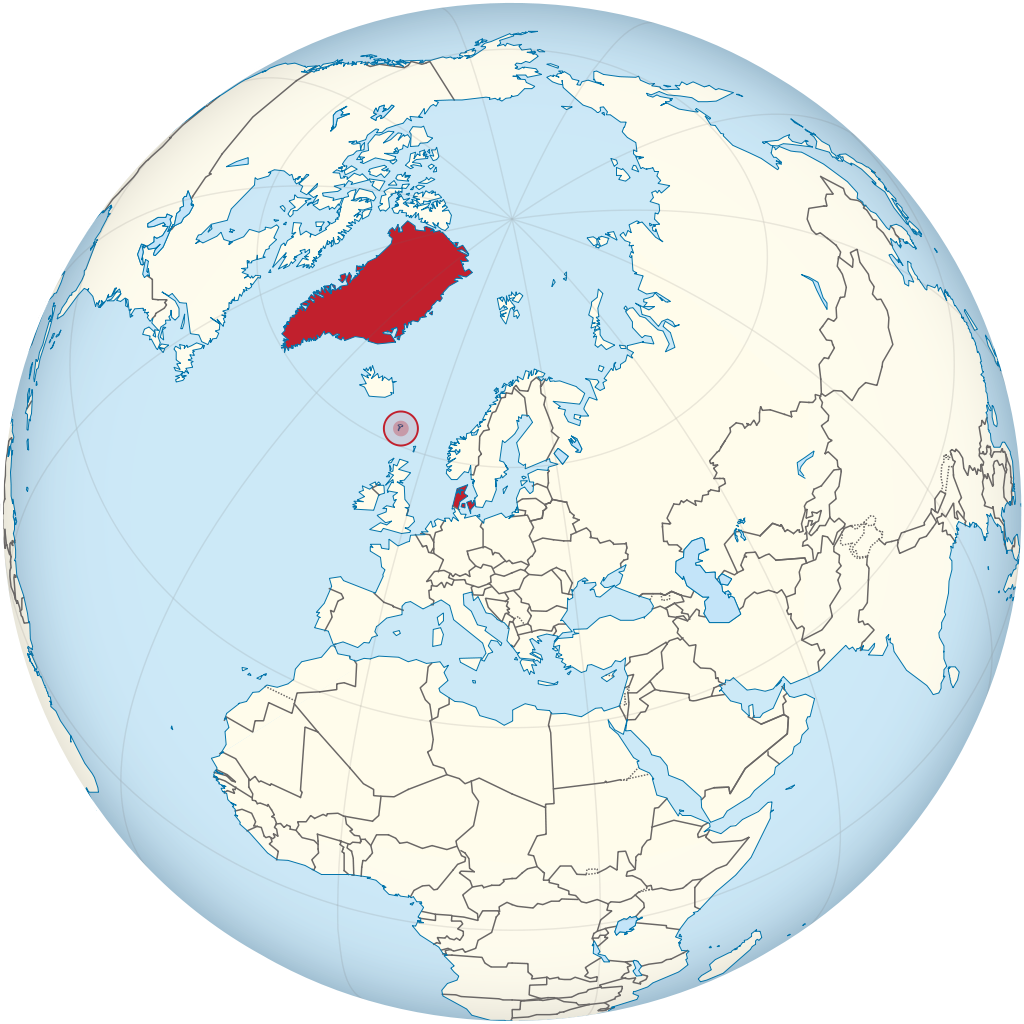The Global Christian Mission: The Maritime Global Expansion

Christian historian Woodrow Walton takes another look at the causes and effects of global navigation by ships sailing from Europe and how the mission and message of Jesus was carried throughout the world.
The Maritime Global Expansion: End of the Fifteenth Century to the Present
A few year prior to the fall of Constantinople in 1452 to the military prowess of the Ottoman Turks, a Norwegian long boat arrived back in Norway after a lengthy voyage across the north Atlantic from the Davis Strait separating the southwestern shoreline of Greenland from northeastern Canada. It was the first known crossing of the North Atlantic. The long boat carried marketable goods for Norway and its neighbors as Denmark and Sweden and other countries facing both the North Sea and is neighboring Baltic Sea.

Denmark, the Faero islands (circled), and Greenland are highlighted in red.
Image: Wikimedia Commons.
Unlike the expansive Atlantic Ocean, the North Sea is squeezed between Great Britain and Denmark and the Baltic flowing between the shorelines of Sweden, Poland, Prussia the Slavic lands and northeastward along the shorelines of Finland.
In a way, it was not an extraordinary feat of seamanship because the voyage to Greenland involved landfalls at the Shetland and Faero Islands and Iceland, making the distance between that Scandinavian settlement and Greenland feasible. By the late 1400s, there were settlements on those islands, and an occasional influx of Christians. Nonetheless, the voyage was an important one as far as negotiating an extremely wide expanse of ocean.
Before 1452, Europeans confined their sea voyages to the Mediterranean squeezed between the shorelines of southern Europe and North Africa, the Arabian Sea between the horn of Africa and the shorelines of Iran and northeastern India. There were also smaller bodies of water that were navigated such as the Adriatic and the Aegean, both inlet extensions of the Mediterranean. The Adriatic separates the eastern shorelines of the Italian peninsula, from the western shorelines of Illyria and Greece. The Aegean Sea flows between the eastern shorelines of Greece and Macedonia from the shorelines of what we know now as Turkey. The tiny and narrow Sea of Marmara is actually not a sea as it is squeezed in by Macedonia and northwestern Turkey and becomes the Bosporus, a strait that almost trickles into the Black Sea. Where the Marmara flows into the Black Sea is the City of Byzantium, later re-named Constantinople, and after 1453, became known as Istanbul.
Category: Church History, Winter 2020


